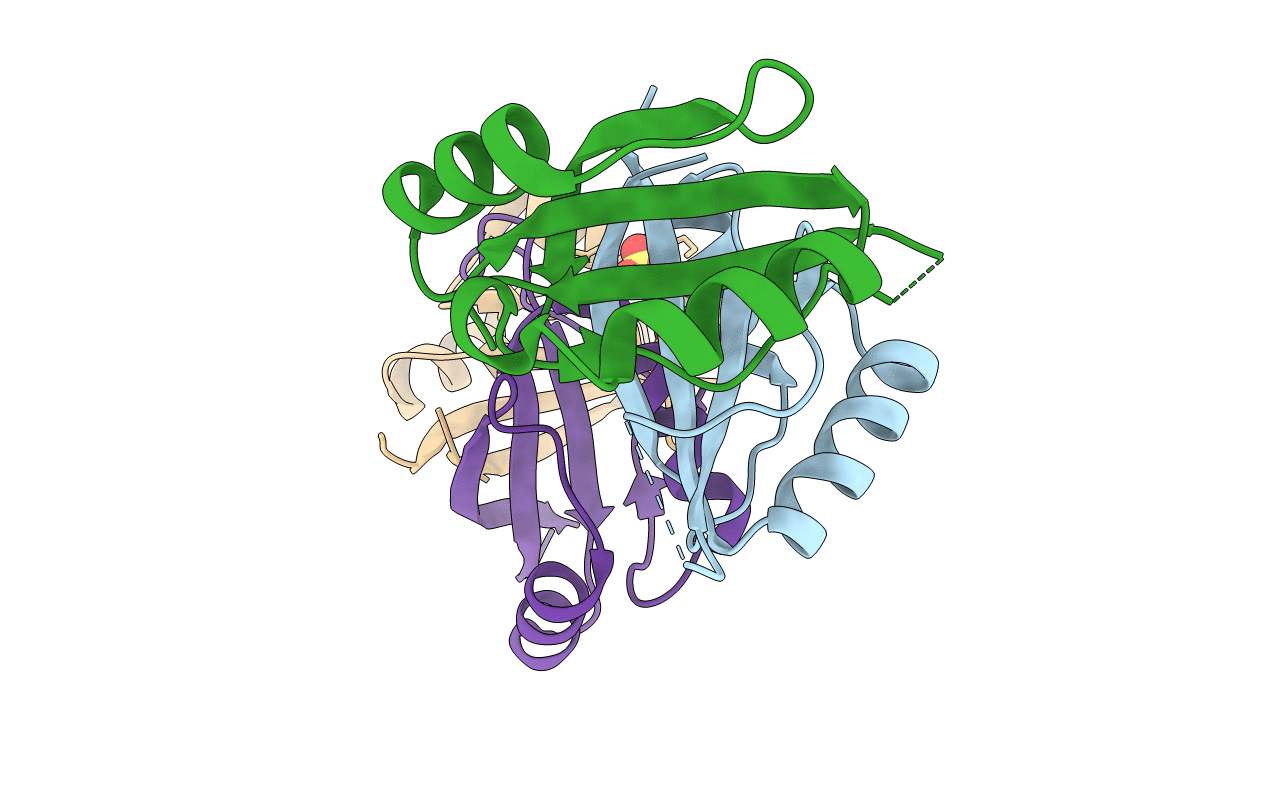
Deposition Date
2000-07-10
Release Date
2000-11-15
Last Version Date
2024-02-07
Entry Detail
Biological Source:
Source Organism:
Human papillomavirus type 18 (Taxon ID: 333761)
Host Organism:
Method Details:
Experimental Method:
Resolution:
1.90 Å
R-Value Free:
0.29
R-Value Work:
0.23
R-Value Observed:
0.23
Space Group:
P 21 21 21


